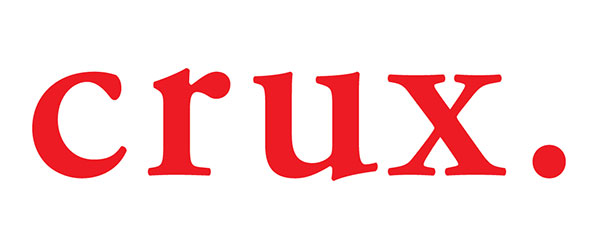Drummers, man.
Believe me: For a role synonymous with keeping time, drummers are often the first ones to go rogue mid-song.
In a past life, I racked up a lot of gigs with two separate bands, and the difference between a killer set and one that flopped was how well each player was on board with the larger mission. Were they in sync with where each song was going? Did they understand the message we wanted to communicate? Did they get the “why”?
Without everyone (pardon the pun) singing the same song, the music would have fallen flat, and the band would have fizzled long before “creative differences” had a chance to kill it.
What about your employees? Are they just playing along, or are they invested in your company’s “why”? You may have a strong external marketing plan, but never overlook the power of your internal audience—a group that can move you forward or hold you back. The choice is up to you.
The first step, of course, is ensuring everyone knows the words to your particular tune.
Make your mission mean more
Neglecting to view your employees as a key audience in your marketing and communication efforts is to miss out on a powerful force, an army of brand ambassadors out in the world. Think about how many employees you have; now imagine each of them believes deeply in your mission and brand. Colin Mitchell explains why that’s a big deal in Harvard Business Review:
“When people care about and believe in the brand, they’re motivated to work harder, and their loyalty to the company increases. Employees are unified and inspired by a common sense of purpose and identity … Without that connection, employees are likely to undermine the expectations set by your advertising.”
But that “common purpose” can’t simply be the act of making the same widget or selling the same service—that’s just the “what.” And if you have no common purpose, or it’s not clearly defined, then everyone ends up with their own definition, and that means a lot of misalignment. On the flip side, a Deloitte study reports a staggering 73% rate of engagement among employees who claim they work for a “purpose-driven” employer (in contrast to a mere 23% who don’t).
You may have heard the story of the janitor sweeping the floor at NASA who was asked, “What are you doing?” His reported response: “Helping to put a man on the moon.” Take a moment to consider the power (and effect) of such a perspective.
Spread the word to make it stronger
So, how do you distill your mission statement and grander purpose into something that permeates every process and reaches every person?
First, make sure you can easily link it to every role—not just the leadership team but to every front-line employee. That means not just recognizing an employee for going above and beyond, for example, but connecting how that exemplary service is helping the company support the mission. The Center for Company Culture elaborates:
“When employees understand how their specific responsibility ties in with the mission, it will transform their outlook on the work they do and significantly improve workplace satisfaction and employee retention. Therefore, to reap the full benefits from your company’s mission statement, frequently point out how each person’s role contributes to that purpose.”
Next, breathe life into the company purpose and the overall brand by connecting your external marketing efforts with your internal ones. Your staff needs to see and feel the same messaging within the workplace they’re seeing in your external emails, on your website or across your social media channels. The danger of not coordinating both sides of the equation – of not prioritizing this kind of “two-way branding” – is a lot of confusion among the ranks and possibly an erosion of trust.
Your employees are also an excellent litmus test for your external marketing messages; it’s crucially important that what you’re selling to the marketplace resonates with the people delivering the service. Any disconnection there will certainly spell doom for both sides of the campaign. On the flip side, a well-coordinated and complementary message signals a level of transparency that will only strengthen your employees’ loyalty and trust.
Let your employees be your best advocates
While it’s often easy to overlook internal marketing – or even view it as an unnecessary cost in uncertain economic times – the truth is your employees are prime drivers of your company’s success (or failure). If your team is only there for the paycheck, they likely won’t be there for long, and your organizational health will suffer.
If they connect with your purpose, however – really start feeling the music – even the most disconnected employees (your own personal drummers) are much more likely to get back in the rhythm. And that’s music to everyone’s ears.


